Space Junk: the Moon and the JWST likely targets
A debris from an old SpaceX rocket is set to collide with the Moon, reigniting the concerns about space junk.
More precisely, this debris is a 4-ton heavy booster from a SpaceX rocket that launched in 2015. The rocket was used to put into orbit a NASA satellite, the Deep Space Climate Observatory (DSCOVR) which is essentially a space weather station. Anyway, with the notable input of amateur astronomers’ tracking of this rocket second stage, it’s the software Project Pluto (initially made to determine the trajectories of asteroids) that was applied to calculate the debris’ motion, with the conclusion that it will eventually crash into the Moon.
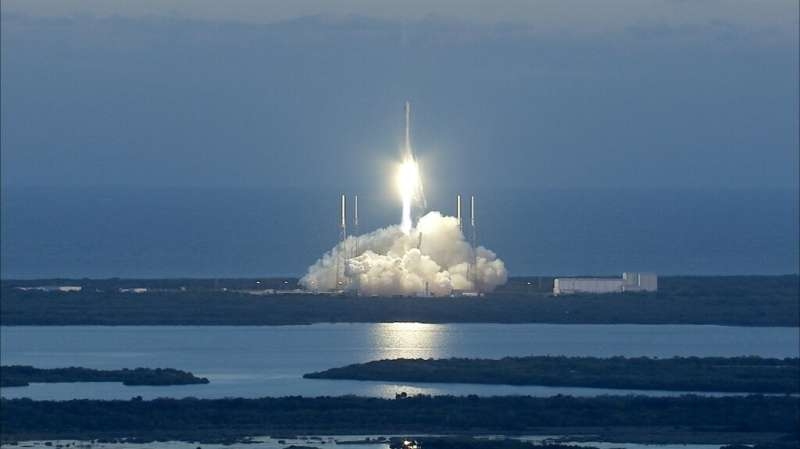
According to the trajectory calculations, the impact will occur on the 4th March. Somewhat unfortunately, they calculate that the impact will happen on the far side of the Moon; even more regrettable is the fact that the Lunar Reconnaissance Orbit (LRO) won’t be in a position to observe the crash. Notwithstanding, the LRO will be employed to conduct “before and after” comparative studies of the crater.
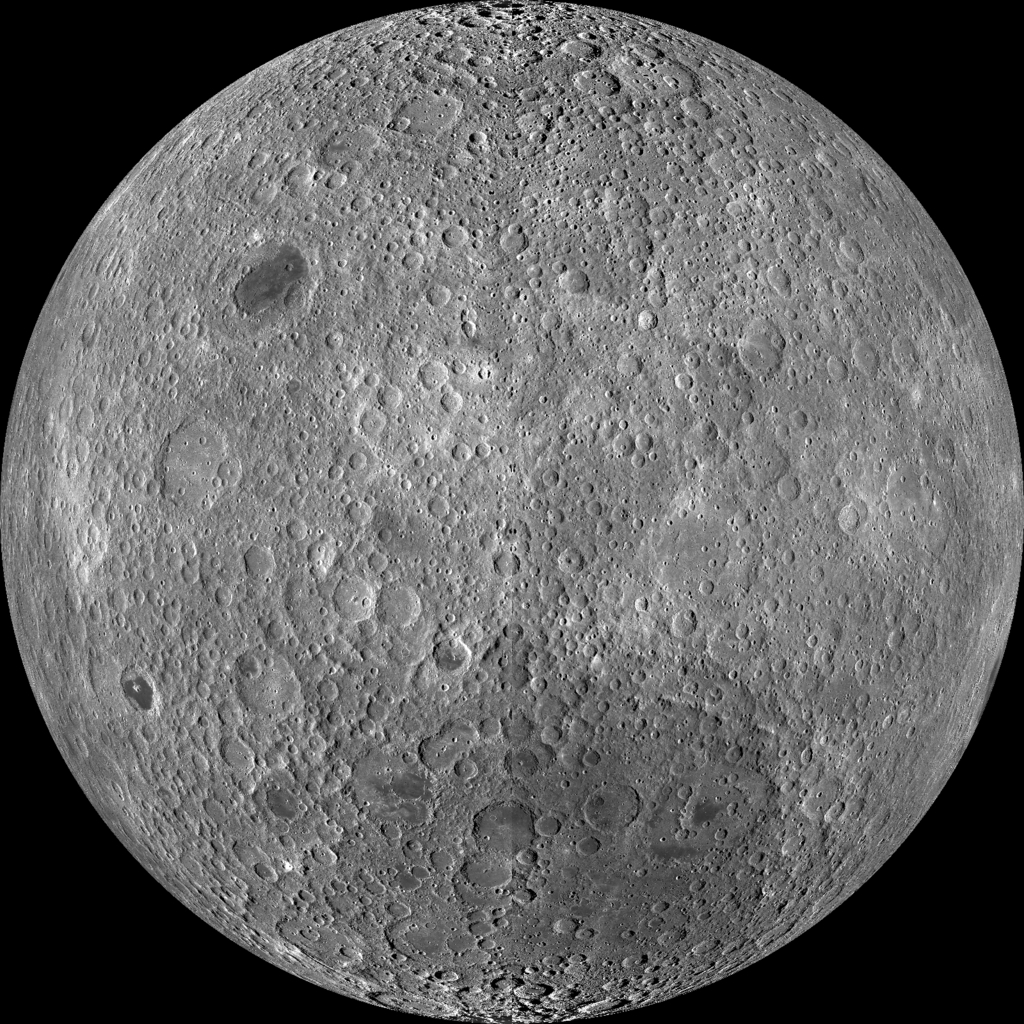
This is a more exciting prospect than it may sound at first: because the mass and velocity of the booster are known quite precisely, this is a rare opportunity to study how these parameters affect properties of the resultant crater like its size, depth … In fact, Bill Gray, the astronomer who is behind Project Pluto, believes that where possible all “space junk” should be crashed onto the Moon’s surface for such research purposes ! This reflects a bigger issue though, which is the lack of regulations for space debris in deep earth orbit – while the vast majority of junk is nearer Earth and is well-monitored, the cloud is only going to grow as ambitious projects like NASA’s lunar space station take shape; obviously there is also the more general increase in the number of objects in orbit, and accordingly, the associated amount of junk.
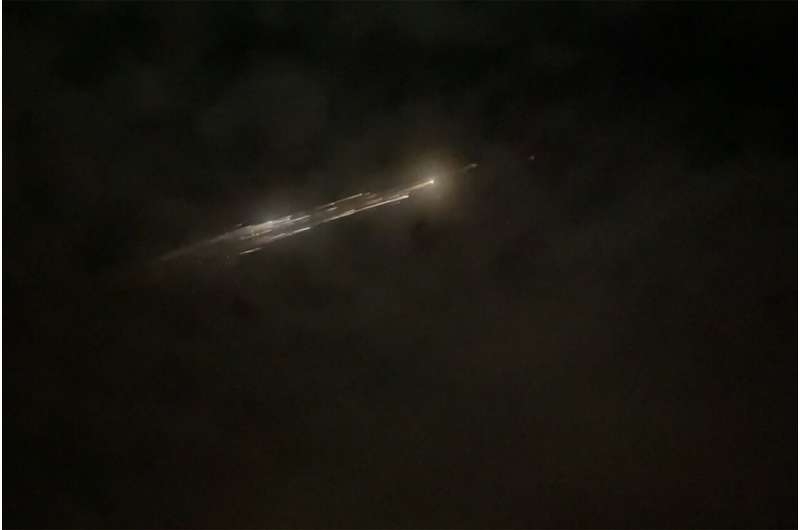
Moreover, NASA has warned that its James Webb Space Telescope (JWST) is at risk of being hit by a piece of space junk. To be fair, here we overwhelmingly talking about natural debris – objects like micrometeoroids that it will unavoidably encounter. The JWST is well-equipped though: while it’s true that its sunshield is destined to … well, shield it from the Sun’s heat, the fifth and last layer of that sunshield is actually there mostly to provide protection against micrometeoroids holes.
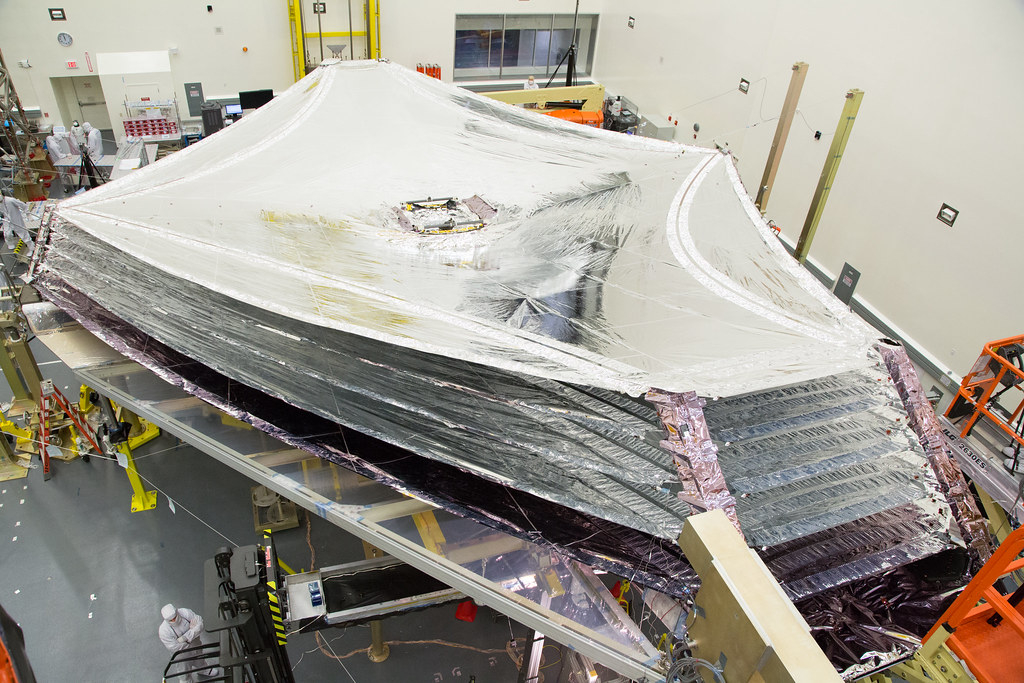
The concern of one hitting the mirror itself remains, especially since the JWST is 4 times further away than the Moon and so can’t realistically be accessed for service repairs, unlike, e.g., the HST. At the same time, Hubble being much closer to Earth implies a greater risk of collision with debris. Of course, the mirrors have been designed to resist at least some damage, and additionally, image processing tools should be able to correct an aberration an impact might cause.
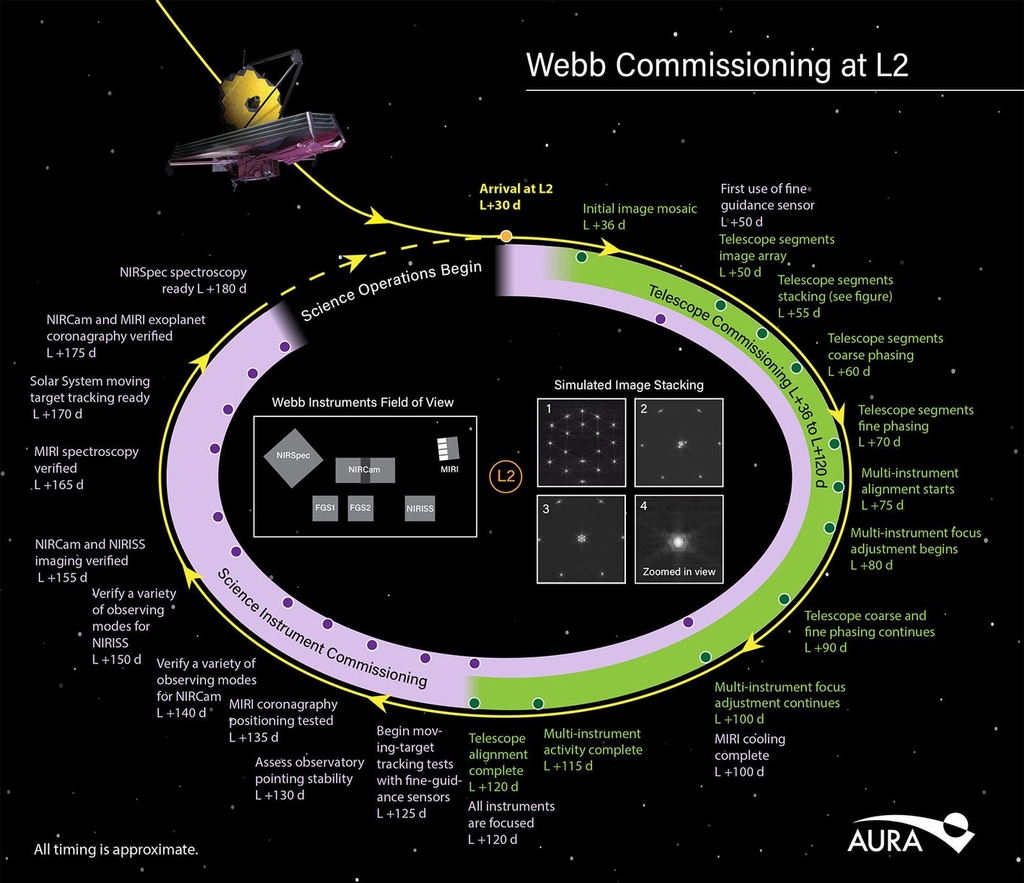
For now, the good news is that the procedure to place the JWST in its stable orbit at L2 has been successful. It will still take three more months to align the 18 mirrors, and it’s not before late June/early July that the first science images are going to land in NASA’s inbox. As always with this project, which was initiated as the Next Generation Space Telescope in 1996, patience is astronomers’ burden – but if the technical aspects keep going as smoothly as they have so far, the reward will be an incredible gallery of images of celestial objects from our Solar System to the most distant galaxies. With some unprecedented insights into Cosmology, Stellar Physics and Planetary Science, to name just a few of its science goals.
Cover Image: Falcon 9 in front of Moon, Twitter/@ElonMusk ; Artist's view of JWST, NASA GSFC/CIL/A. Manrique Gutierrez
Image Credits:
1 - 2015 Falcon 9 launch of DSCOVR, NASA/AFP
2 - Lunar far side, NASA/Goddard/Arizona State University
3 - SpaceX Rocket Debris, R. Puzhlyakov
4 - JWST sunshield, N. Grumman
5 - JWST Commissioning, AURA/S. Lifson
